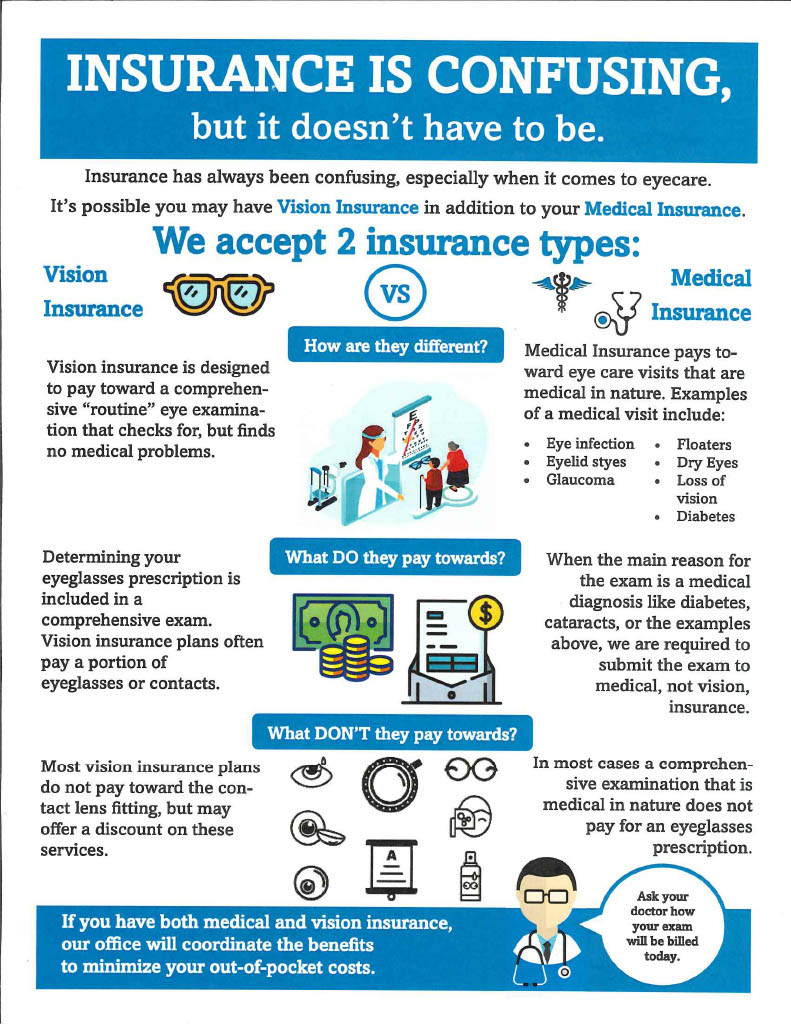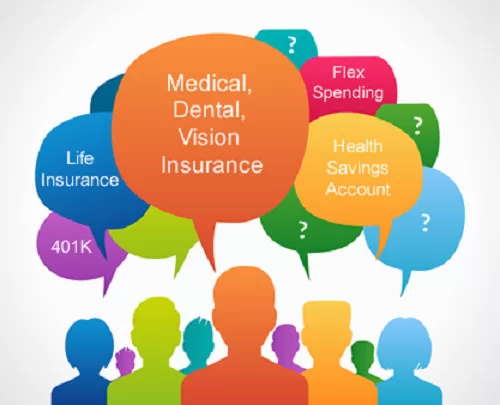The 5-Second Trick For Medicare Advantage Agent
The 5-Second Trick For Medicare Advantage Agent
Blog Article
8 Simple Techniques For Medicare Advantage Agent
Table of ContentsThe Best Strategy To Use For Medicare Advantage Agent6 Simple Techniques For Medicare Advantage Agent7 Simple Techniques For Medicare Advantage Agent


follows from adheres to the perplexing young reasonably profile of account uninsured with the better healthMuch better on average, standard younger persons. For those without accessibility to work environment wellness insurance policy, inadequate health and wellness is a potential obstacle to purchasing nongroup protection because such coverage might be very valued, leave out preexisting problems, or be simply not available. Unless or else noted, nationwide price quotes of individuals without wellness insurance and percentages of the populace with various kinds of coverage are based on the CPS, the most widely used source of price quotes of insurance coverage and uninsurance prices.

Rumored Buzz on Medicare Advantage Agent
The partnership in between wellness insurance coverage and access to care is well developed, as recorded later in this chapter. The relationship in between wellness insurance policy and health and wellness end results is neither direct neither straightforward, a comprehensive professional and health services research study literature links wellness insurance coverage
to improved better to care, better qualityTop quality and improved boosted individual population health health and wellnessStanding The 2nd report, on individual health and wellness results for uninsured adults, is represented by the innermost circle of the figure, while the 3rd report, on family health, includes the subjects of the 2nd report yet emphasizes a different unit of evaluation, particularly, the family.
It focuses especially on those without any type of health and wellness insurance coverage for any size of time. The problems dealt with by the underinsured are in some aspects similar to those encountered by the without insurance, although they are normally less extreme. Uninsurance and underinsurance, nonetheless, involve distinctly various plan issues, and the strategies for resolving them may vary. Throughout this study and the 5 reports to comply with, the main focus is on persons with no wellness insurance policy and therefore no help in spending for health care past what is offered with charity and safeguard institutions. Wellness insurance is a powerful factor influencing invoice of care due to the fact that both clients and physicians reply to the out-of-pocket rate of services. Wellness insurance, nonetheless, is neither essential nor sufficient to get to clinical services. The independent and direct result of wellness
insurance insurance policy on access accessibility health wellness is well establishedDeveloped Others will get the health and wellness care they require also without health insurance, by paying for it out of pocket or seeking it from carriers who use care free or at highly subsidized rates. For still others, health and wellness insurance policy alone does not make certain receipt of treatment since of various other nonfinancial obstacles, such as a lack of health care suppliers in their area, limited access to transport, illiteracy, or linguistic and cultural distinctions. Official research concerning uninsured populations in the USA dates to the late 1920s and review very early 1930s when the Committee on the Price of Healthcare created a collection of reports concerning funding physician office check outs Recommended Reading and hospital stays. This concern became salient as the numbers of clinically indigent climbed up during the Great Anxiety. Empirical research studies constantly support the web link between accessibility to care and enhanced health and wellness outcomes(Bindman et al., 1995; Starfield, 1995 ). Having a normal resource of treatment can be taken into consideration a predictor of gain access to, as opposed to a straight action of it, when wellness outcomes are themselves made use of as accessibility indicators. This extension of the idea of gain access to measurement was made by the IOM Committee on Checking Gain Access To to Personal Health Treatment Provider(Millman, 1993, p. Whether or not parents are insured shows up to affect whether or not their youngsters get treatment as well as just how much careeven if the youngsters themselves have insurance coverage(Hanson, 1998). The health of moms and dads can affect their ability to care for their youngsters and the level of family tension. Bothering with their youngsters's accessibility to care is itself a resource of read what he said stress and anxiety for moms and dads. 3 chapters comply with in this record. Chapter 2 gives a review of just how employment-based health insurance policy, public programs and specific insurance plan run and interact to give substantial yet insufficient coverage of the U.S. population. This includes a review of historic patterns and public policies affecting both public and personal insurance policy, a discussion of the communications among the various kinds of insurance policy, and an exam of why individuals relocate from one program to an additional or end up

Report this page